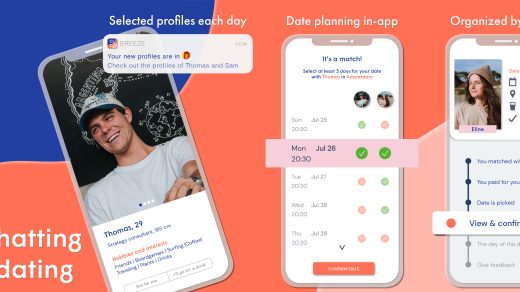Before the current age of advanced technology, many people remember the past through observing photographs of their youth. Birthday parties, Halloween nights, family gatherings, and more. Nowadays, we still do this observing. But the photographs we see are probably altered in some way. So, this leads to my question for today’s blog post: How does the way we take and edit photographs today, later alter the way we will remember the past?
All photographs and videos we capture will shape our current and future memories, manipulating the way we remember the past. When observing a photograph of an event in which we were present, we are able to recall that exact moment. It is the key elements and small details of the photo that help us to remember/recall the past. Whether it be the friend you were standing next to or the outfit you were wearing. An example on the contrasting side could be a photograph taken of you at a party. If you don’t directly recall that image being taken or the event in general, the photograph assists your memory of that specific moment in time. We previously used photographs (“snapshots”) as the “physical” media form of truth of our memories. Nowadays, anyone can edit or “Photoshop” you standing at a random party, manipulating the “truth.”
The element of validity comes into play when questioning the “truth” of the images that we observe. Comparing a modern-day “selfie” with a self-portrait taken in the 1980s, we expect that the former likely has some sort of editing done to enhance the image (even if it is as simple as whitening the background of the image.). When I look at photographs from my mom’s childhood I don’t have to question the validity of the photo or ask questions like: Were the colors really that vivid? Was the image Facetuned? Is the image cropped so someone is missing from the photo? Was a filter used?
While writing this post I found some images to compare. Looking at photographs of my mom from when she was 16, I know there was no likelihood that the photograph would be altered. For example, the image on the left (below) is of my mom working at a local pharmacy in Brooklyn, New York. The photographer took a quick snapshot and moved along. He did not have the power of a smartphone to (quickly) edit/warp the image and likely sent the photos to a “one hour” photo lab for simple development. The only thing in his control was the type of film used and framing of the image. In contrast, the image on the right (below) is of me at age 16. My photo was obviously edited in some form. In this case, it was a Snapchat filter. When I look at my old photographs, most have had some form of digital filter or editing applied. To the contrary, my mom’s photographs are a direct capture of the current moment.

My argument is that current day technology, in combination with the photographs we take, has the ability to alter and taint our memories in so many ways through realistic and (sometimes) undetectable manipulation. While we like to believe that we remember almost everything we experience, this is not always the case. Our inability to remember every detail of every moment of our life, in combination with edited images, can alter the way we remember certain events. The addition of multiple filters and photo editing software is slowly transforming the way we, as a society, trust the “truthfulness” of the images we take in order to memorialize a time and place in our lives. Looking years ahead, I wonder what we will consider to be a “real” capture of time versus a warped rendition of that moment. Photographed images, once used as evidence of the past, may no longer be considered a valid and reliable form of “truth.”
Bibliography:
Barthes, Roland, “Camera Obscura”, Hill and Wang publishers, 1980, pp. 23-28, 80-87, 94.
Ruchatz, Jens, “The photograph as externalisation and trace” in Erll and Nünning “ Media and cultural memory,” 2008.



Recent Comments